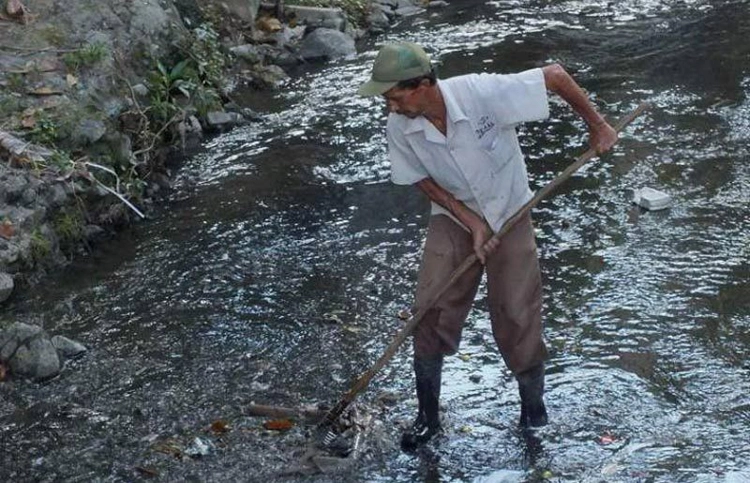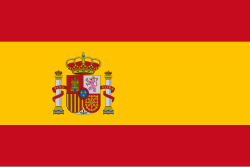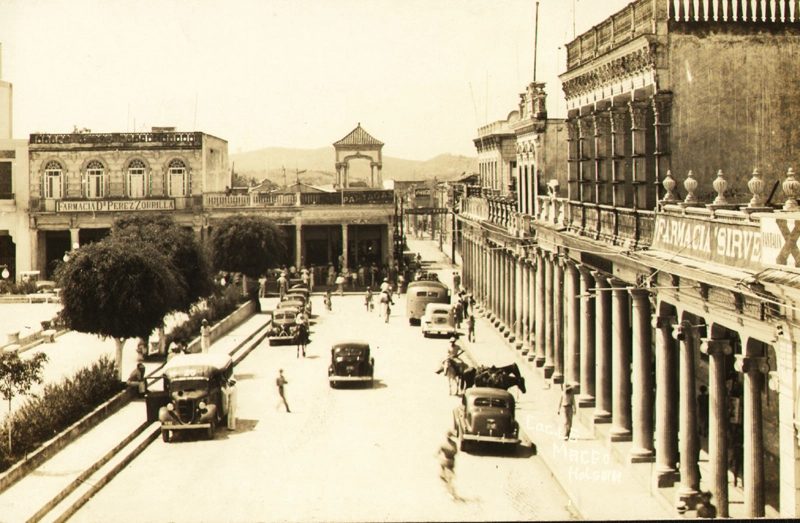When we pass by a lake, river, or ocean, we all stop to contemplate it. Although these may not be as large as the tributaries of other countries. In Holguin we have two that are renowned and have a long history. Although their channels are not as large as those of the Rio de la Plata or the Amazon. It’s worth a little history.
Garcia Holguin, the first colonizer to settle in the area in the early decades of the 16th century. Located the center of his ranch between the rivers named by the Spanish conquistadors Ferdinand and Isabella, which the Creoles later named Jigüe and Marañon. The town of Holguin was founded on the same site between 1719 and 1720, and in 1752, it obtained the status of city and center of a vast jurisdiction.
The city has always been closely linked to its rivers. In 1756, the Bishop of Cuba, Pedro Agustin Morell de Santa Cruz, when visiting the town, said that it was located between the Jigüe and Marañon rivers, with crystal-clear, healthy waters. Until the beginning of the 20th century, Holguin residents cooled off from the heat in the cool waters of the then-deep pools of its rivers.
The Jigüe River rises in the southwestern foothills of Loma de la Cruz, flows through the Salida de San Andres neighborhood. Enters the city center, and joins its brother river, Marañon, in the Pueblo Nuevo neighborhood.
It takes its name from a mythological creature called Jigüe, who, according to popular tradition, inhabited its waters. This goblin is known in the West of the Antillean nation as Güije. Both words are of Arawak origin, indicating the indigenous origin of this mythological entity. Originally, it must have been one of the spirits with which the Taino shamanic worldview populated their world. With the indigenous people disappearing when their culture was absorbed by the emerging criollismo, the Jigüe was transculturalized as black.
The Jigüe is depicted as a dwarf black man with a large penis who lived naked in the river pools. In colonial times, the Jigüe, lance in hand, frightened more than one innocent Maiden. Who went with her bundle of clothes to wash in the riverbanks. Men pursued him, but never managed to catch him. Only the prevailing pollution managed to wipe out the Jigüe.
The Marañon River rises on the southeastern slopes of Loma de la Cruz, crosses the neighborhoods of Alcides Pino, Vista Alegre, the City Center, and Peralta, to Pueblo Nuevo, where it joins its brother river, the Jigüe. Its name was given to it because of the cashew trees that were possibly numerous along its banks.
In the 18th and 19th centuries, its banks constituted the most fertile part of the Holguin Valley, and sugar mills and farms were established there. Its lands provided much of the livelihood of the small Holguin population. According to historical data taken from the work of Herminio Leyva, a dam was built across its course, providing water for Holguin’s first aqueduct.

Today, the river—or rather, especially in dry weather, the stream—is simply a sewer, used by the inhabitants of its banks as a wastewater drain. However, popular tradition still vividly preserves the time when the river was fully alive, back in the 1930s, with deep natural pools, crystal-clear water, and unpolluted water, where young people and others not so young had convenient places to cool off.
It is also said that some Chinese people grew vegetables by the river. Rivers are symbols of our city. They have always accompanied it. Their death is the death of an important part of our tradition, of our environment, which no Holguin resident should allow.
- When Life Only Asks You to Be Happy - 25 de November de 2025
- Frankenstein, the beautiful return of the myth from novel to film - 25 de November de 2025
- Parasocial, the word of the year 2025 - 19 de November de 2025

